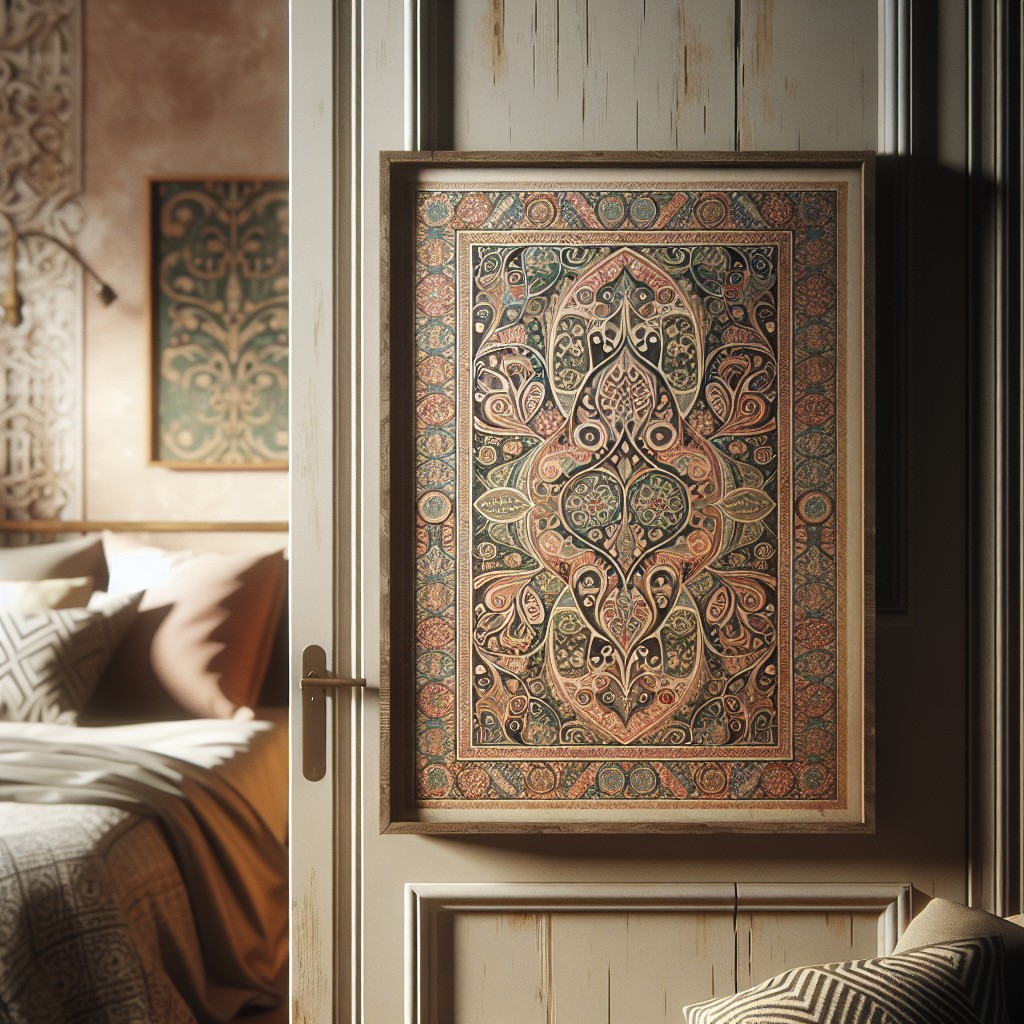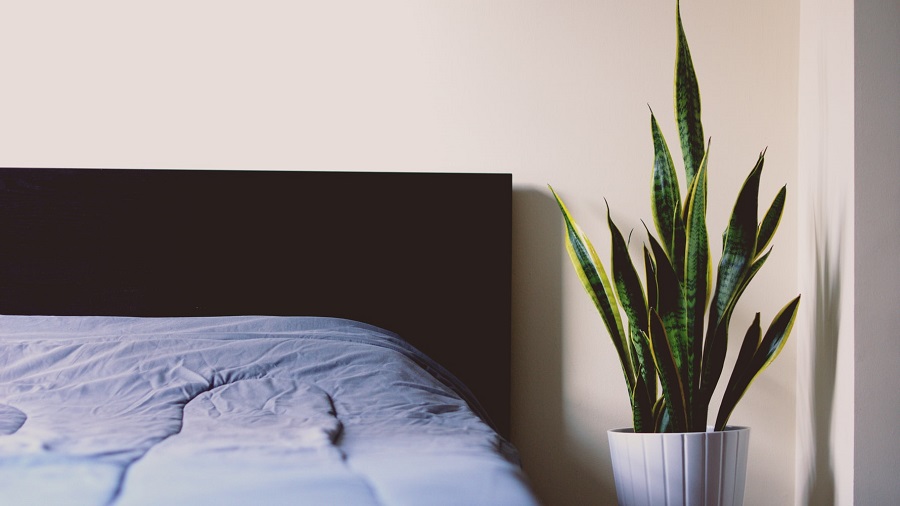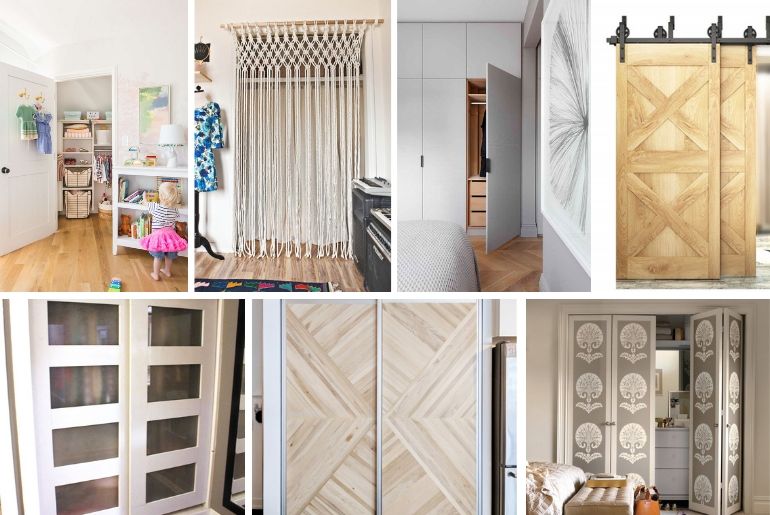Last updated on
Mastering the right height for your nightstand improves bedroom aesthetics and functionality because matching it correctly to your bed can transform your whole bedroom experience.
Key takeaways:
- Nightstands are typically 24-28 inches tall, accommodating most mattresses.
- Consider bed frame design and personal preference for ideal nightstand height.
- Nightstand height should match the overall bedroom decor style.
- Bedroom layout and available space should influence nightstand height and placement.
- The top of the nightstand should align closely with the height of your mattress.
What's Inside
Standard Nightstand Dimensions
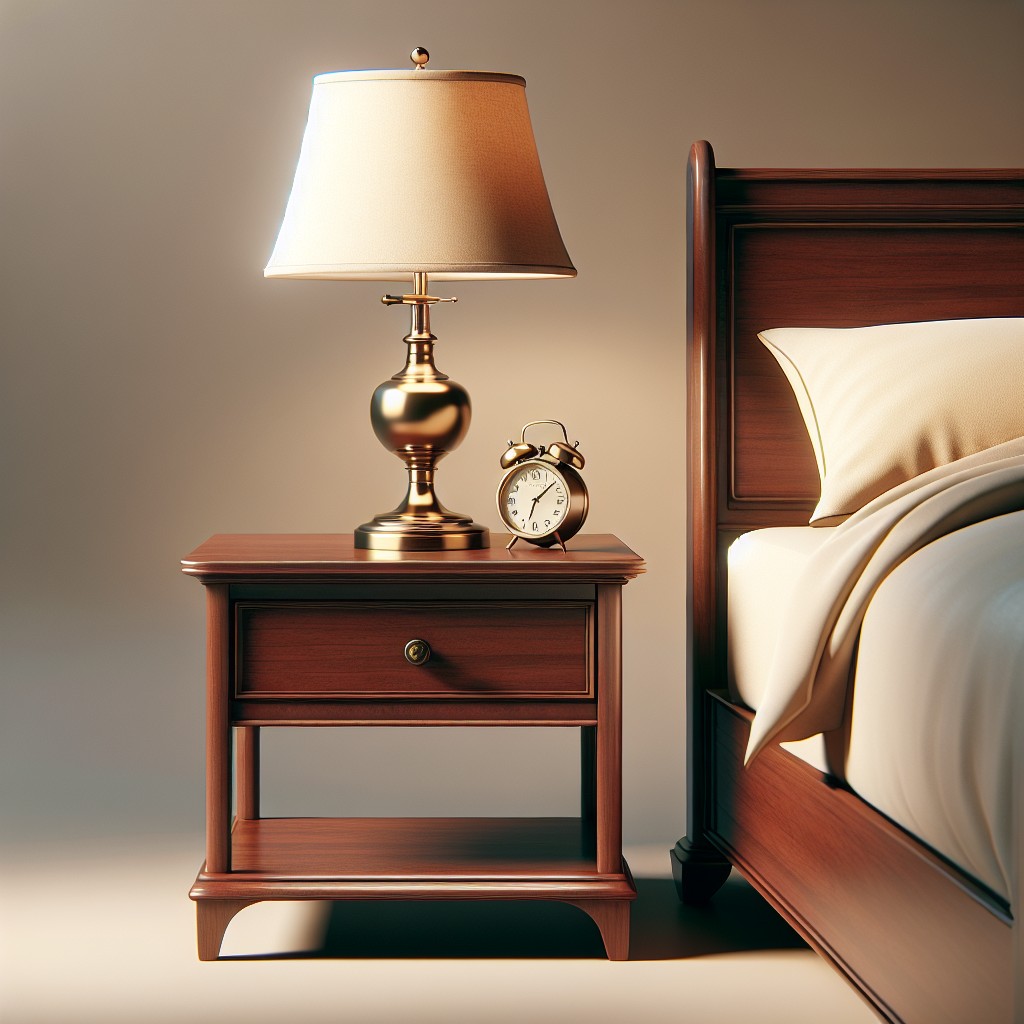
When considering the dimensions of a nightstand, it’s crucial to look beyond just the height. While a common range for height is between 24 and 28 inches, accommodating the level of most mattresses with bedding, width and depth also play a role in functionality and fit.
Typically, nightstands are about 20 inches wide, but can vary to suit larger or more compact spaces. Depth, often ranging from 15 to 20 inches, should be enough to allow for essentials like a lamp, book, or phone without cluttering the surface.
Remember, these measurements should serve as a starting point; the right dimensions for your space depend on the surrounding furniture and your specific needs.
How Tall Is a Nightstand?
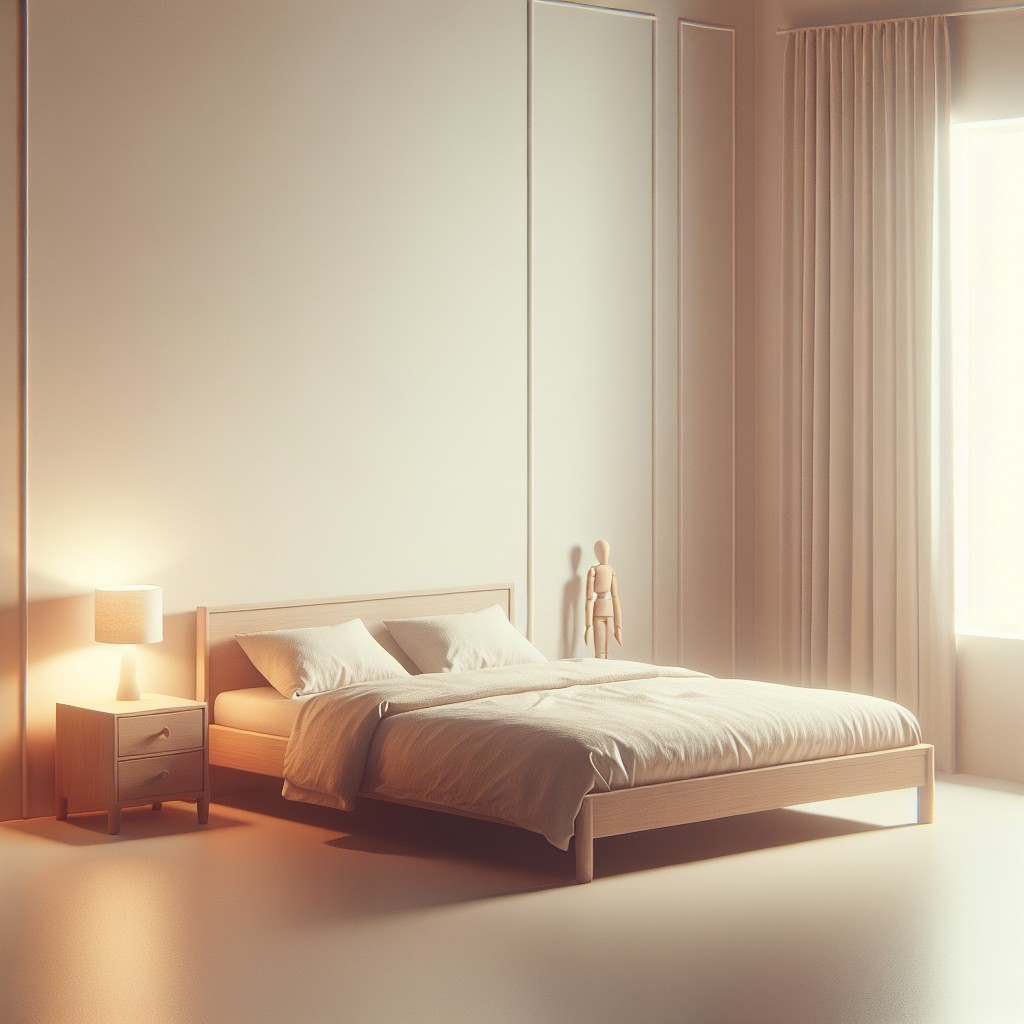
When selecting the perfect nightstand, height plays a crucial role in both function and comfort. A typical nightstand measures between 24 to 28 inches tall which aligns closely with the height of most mattress tops. This range tends to provide a balanced look and convenient access to your bedside essentials.
Lower or higher beds may necessitate variations in nightstand height for optimal ease of reach and visual proportion. For those with adjustable bed frames or uniquely designed beds, it’s advisable to measure from the floor to the top of the mattress and aim for a nightstand approximately even with this height. Keep in mind that the height can influence your lamp placement, ensuring that the light is at an ideal level for reading in bed.
Remember, though, personal preference and specific bedroom needs should ultimately guide your choice.
Factors Influencing Nightstand Height
Selecting the perfect nightstand height is not a one-size-fits-all situation. It hinges on a few key components worth considering:
Bed Frame Design
Height compatibility with your bed frame is crucial. For modern low-profile beds, consider a shorter nightstand. Conversely, traditional high-beds pair nicely with taller models.
Personal Preference
Remember, you’ll be reaching for your nightstand daily. Prioritize comfort by choosing a height that doesn’t require you to stretch or bend awkwardly when lying in bed.
Bedroom Décor Style
Consistency is key in interior design. Align your nightstand’s height with the overall theme – sleek and low for minimalistic spaces or perhaps something with stature for a grander statement.
Bedroom Layout
Take into account the spatial dynamics of your room. Smaller spaces might benefit from a taller, slimmer nightstand, offering storage without consuming valuable floor real estate.
Bed Frame Design
The design of your bed frame plays a pivotal role in determining the ideal nightstand height. Let’s delve into a few key aspects:
- Headboard Height: Taller headboards might require nightstands that are proportionate in height to create a balanced look.
- Platform Beds: These often call for lower nightstands, maintaining easy reachability and a modern line of sight.
- Bed Frame with Storage: If your bed frame includes drawers or shelves, consider a nightstand that aligns with the storage units to avoid obstructing access.
- Antique or Non-Standard Frames: Unique or custom bed frames might not fit standard nightstand measurements, so custom solutions or adjustable options might be needed.
Always aim for functionality and comfort, ensuring your nightstand complements the bed frame in both utility and style.
Personal Preference
Your ideal nightstand height ties closely to comfort and ease of access. When lying in bed, you should be able to reach for your alarm clock, book, or glasses without straining. Taller individuals might lean towards higher nightstands for a natural reach, while shorter people may prefer lower ones.
If you often read in bed, consider a piece that aligns with your mattress to minimize arm fatigue. Also, think about the kind of items you’ll place on top. If you prefer a minimalist setup with just a lamp and a phone, a smaller surface at a suitable height may suffice. Adjustability can cater to changing preferences, making stackable or extendable nightstands a versatile option.
Remember, the goal is to create a personalized space that feels natural and functions seamlessly with your daily routine.
Bedroom Décor Style
Your bedroom’s overall style plays a significant role in determining the ideal nightstand height. For instance, a low-profile platform bed pairs well with a shorter nightstand, maintaining clean lines and a minimalist aesthetic. In contrast, traditional bedrooms often feature taller bed frames that require higher nightstands for balance and proportion.
Consider these points for aligning nightstand height with your décor style:
- Minimalist: Shorter, sleeker nightstands complement the simplicity and low height of modern platform beds.
- Traditional: Higher nightstands with more detail and structure suit classic decor and taller beds.
- Bohemian: Eclectic or unconventional nightstands, which may vary in height, can add to the room’s free-spirited vibe.
- Coastal: Nightstands that are mid-height work well, embodying a casual, airy feel appropriate for a breezy coastal aesthetic.
Remember, consistency is key. Nightstands should resonate with the design elements around your bedroom to create a harmonious space.
Bedroom Layout
Consider the space available on either side of the bed when selecting a nightstand. You’ll want to ensure there’s enough room to move around without the furniture feeling cramped. If space is tight, opt for a narrower nightstand to balance functionality with the room’s flow.
Take into account any windows, doors, or walls that might dictate the best position for your nightstand. You don’t want it to block natural light sources or impede the path of doors opening. For rooms with uneven walls or alcoves, a custom or uniquely shaped nightstand could provide a practical solution that maximizes space.
Factor in the room’s symmetry when placing a nightstand. Ideally, nightstands should enhance the bed as the focal point of the room. If using a single nightstand, consider balancing the other side with a floor lamp or plant to maintain harmony in the bedroom’s design.
Compare to Your Mattress
When zeroing in on the perfect nightstand height, consider the golden rule: the top should align closely with the height of your mattress. This seamless alignment allows for easy access to your essentials without having to reach up or bend down.
Here are a few quick points to keep in mind:
- Measure Your Mattress: Grab a tape measure and record the height of your mattress including any toppers.
- Eye-Level Conundrum: It’s more comfortable if the nightstand surface is at the same level as your mattress when you’re sitting up in bed.
- Consider Bed Additions: Think ahead if you’re planning to alter your bed with risers or a new mattress – adjust the height of your nightstand accordingly.
General Rule
When selecting the ideal height for your nightstand, a handy reference is to ensure that it aligns closely with the top of your mattress. This creates ease of access to items on the nightstand from a lying position.
Opt for a height within a couple of inches of your mattress height to avoid reaching up or stooping down when you’re in bed. If you have a thick pillow-top mattress or use a mattress topper, take this into account, as it can significantly alter the surface level compared to a standard mattress.
Remember, consistency with mattress height is key for both functionality and proportion in your bedroom design.
Choose a Set
Opting for a furniture set that includes both a bed and nightstands ensures a cohesive look and removes the guesswork when it comes to matching heights. Manufacturers design these pieces with proportion in mind, catering to aesthetics and function. However, before committing to a set, consider the following:
- Assess the scale of the room to guarantee the set doesn’t overwhelm your space.
- Verify that the nightstand surface aligns with your mattress, allowing for easy access while lying down.
- Ensure drawers and shelves cater to your storage needs, balancing practicality and style.
- Confirm that the set’s design complements your existing bedroom decor to maintain a harmonious atmosphere.
By focusing on these points, you can capitalize on the convenience of a bedroom set while meeting your personal needs and style preferences.
Aesthetics
Achieving a harmonious bedroom starts with the right furniture arrangement. A nightstand that complements your bed height doesn’t just offer convenience; it enhances the overall look of your room.
When considering aesthetics:
- Proportion is key. An overly tall or short nightstand can throw off the balance of the room. Aim for a piece that is visually proportional to your bed and other furniture.
- Style coherence matters. The nightstand should match or complement your decor. A mismatched nightstand might stand out for the wrong reasons.
- Consider the visual weight. A bulky nightstand can overwhelm a delicate bed frame, and vice versa. Choose a nightstand with a weight and bulk that feels cohesive with your bed and space.
- Symmetry adds appeal. Matching nightstands on either side of the bed create a symmetrical look, which is pleasing to the eye and can make the room look well put together.
- Function meets form. Aside from aesthetics, make sure your nightstand provides the function you need, whether it’s a simple surface for a lamp and book or storage for bedtime essentials.
Remember, the aim is to create a space that looks good and feels right, balancing functionality and style.
Check Your Nightstand Height With the Height of the Mattress
Ensuring your nightstand aligns properly with your mattress height is vital for both functionality and aesthetics. When your nightstand is either too high or too low compared to your mattress, it can cause discomfort or look disproportionate.
Here are some quick tips to achieve the perfect match:
- Aim for a nightstand approximately the same height as the top of your mattress. This creates a clean line and makes reaching for items on the stand convenient.
- Allow for a few inches of leeway. Having your nightstand within a 2-3 inch range above or below the mattress level can still provide a cohesive look while giving you a broader selection of furniture to choose from.
- Remember practicality. If you frequently read in bed, consider a slightly higher nightstand to comfortably rest your book or e-reader at arm’s level.
By paying attention to these details, the nightstand not only serves its purpose but also compliments your bed setting for a harmonious bedroom design.
Width Guidelines
When selecting the right nightstand, width plays a critical role in both function and form. A too-narrow design might lack sufficient surface area for a lamp, books, and other bedside essentials, while an overly wide piece can overwhelm the space and impede free movement. Ideally, aim for a nightstand approximately 20 to 30 inches wide. This range strikes a balance, offering enough room for your necessities without crowding your space.
To ensure cohesion, the width of your nightstand should complement the size of your bed. For a king-sized bed, consider a wider nightstand to match the substantial bed size. Conversely, for a twin bed, a slimmer option can maintain proportion.
Always measure the available space beside your bed before shopping. Factor in room for walking and the opening of drawers or doors. With mindful consideration of these width guidelines, your nightstand will serve both its purpose and your room’s aesthetic seamlessly.
FAQ
What should the height of a nightstand be?
The ideal height for a nightstand should be between 24 inches to 30 inches.
Should nightstands be higher or lower than bed?
When choosing a nightstand, it should either be the same height as your bed or 2-6 inches taller or shorter, striking a balance for a clean line with your bed’s headboard and lamp lighting.
Is 30 inches too high for a nightstand?
No, 30 inches is not too high for a nightstand as it falls within the average height range for bedside tables.
What is the feng shui height of a nightstand?
The ideal Feng Shui height for a nightstand is level with the height of your mattress to promote balance and symmetry.
How does the height of a mattress influence the optimal nightstand height?
The optimal height of a nightstand is typically aligned with the top of your mattress for easy access and a balanced appearance.
Are there any style considerations when selecting the height of a nightstand?
Yes, the height of the nightstand should be the same or slightly lower than the height of your bed mattress for easy access and visual balance.
Is there a standard range of height for commercially available nightstands?
Commercially available nightstands typically range in height from 24 to 30 inches.


